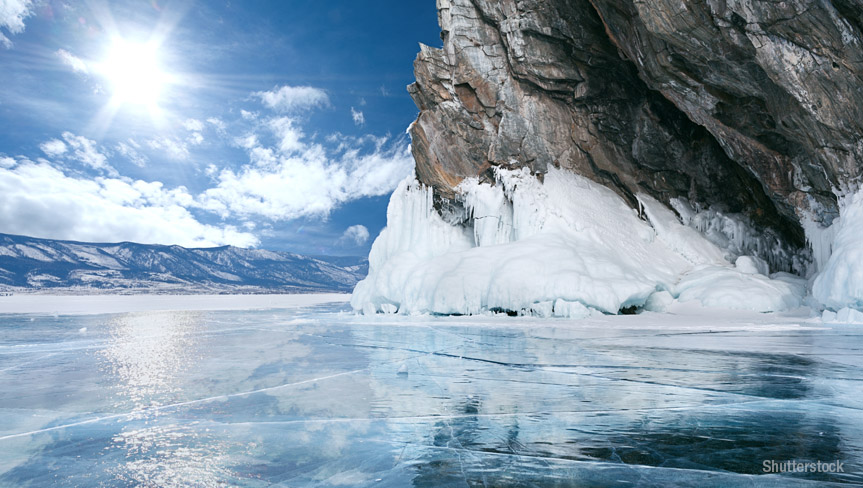30th June 2016
Food can’t be tasted unless mixed with saliva
We can taste food because the salivary glands in the mouth secrete saliva that mix with the food. Without saliva, we would not know the taste of any kind of food. The chemoreceptors or taste buds need a liquid medium that makes flavours bind into the receptor molecules. For example, if a pinch of salt is put on a dry tongue, it can’t be tasted. The moment it dissolves in saliva, the sensation of taste occurs.





